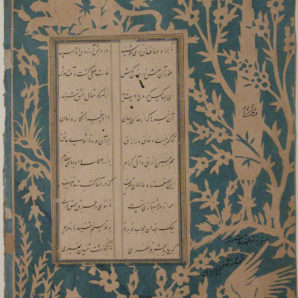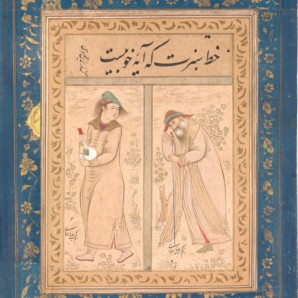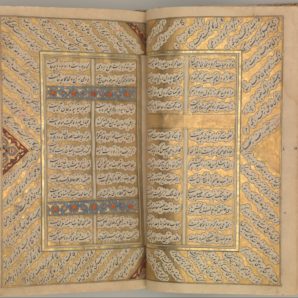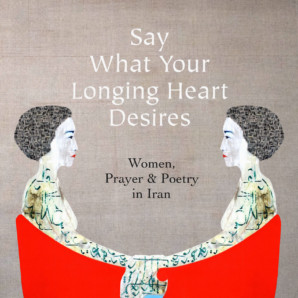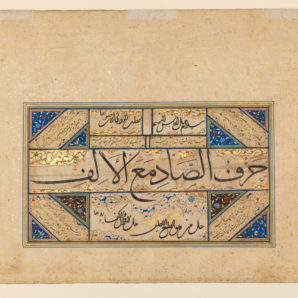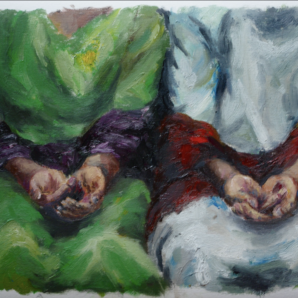
What Does It Mean to Be Religious?
Series: Symposium on Kindred Spirits
Among the various correctives that Moore’s book provides is to the widely held idea that doctrine plays a primary role in attracting individuals to religion.
Read More →
Among the various correctives that Moore’s book provides is to the widely held idea that doctrine plays a primary role in attracting individuals to religion.
Read More →
